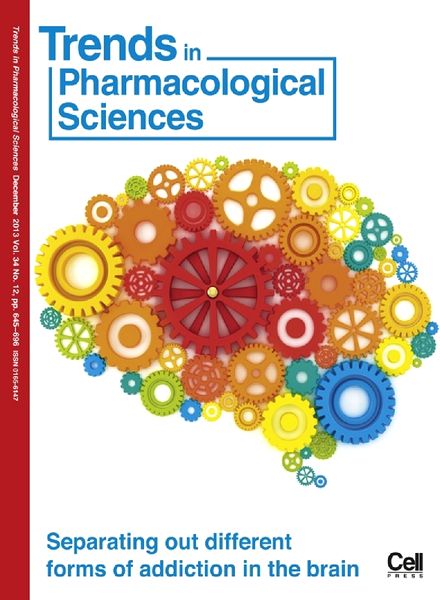
“Over the last decade, the endocannabinoid system has emerged as a pivotal mediator of acute and chronic liver injury, with the description of the role of CB1 and CB2 receptors and their endogenous lipidic ligands in various aspects of liver pathophysiology.
A large number of studies have demonstrated that CB1 receptor antagonists represent an important therapeutic target, owing to beneficial effects on lipid metabolism and in light of its antifibrogenic properties.
Unfortunately, the brain-penetrant CB1 antagonist rimonabant, initially approved for the management of overweight and related cardiometabolic risks, was withdrawn because of an alarming rate of mood adverse effects.
However, the efficacy of peripherally-restricted CB1 antagonists with limited brain penetrance has now been validated in preclinical models of NAFLD, and beneficial effects on fibrosis and its complications are anticipated.
CB2 receptor is currently considered as a promising anti-inflammatory and antifibrogenic target, although clinical development of CB2 agonists is still awaited.
In this review, we highlight the latest advances on the impact of the endocannabinoid system on the key steps of chronic liver disease progression and discuss the therapeutic potential of molecules targeting cannabinoid receptors…
Overwhelming evidence supports the therapeutic potential of peripherally-restricted CB1 antagonists and CB2 agonists in the management of chronic liver diseases.”
http://www.journal-of-hepatology.eu/article/S0168-8278(13)00212-2/fulltext




